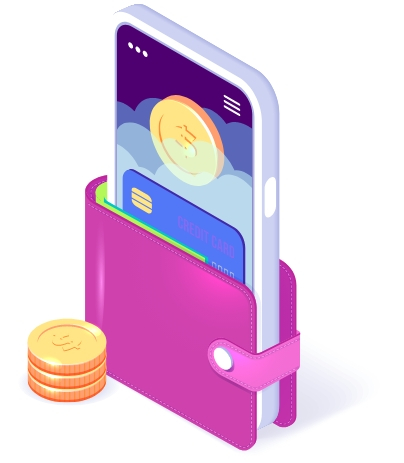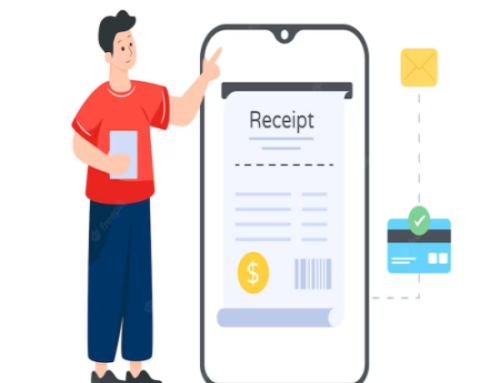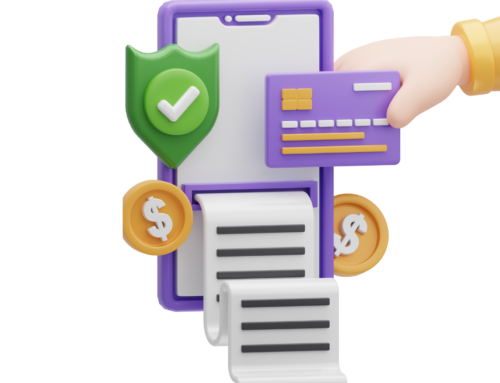As crypto grows in popularity, you might want to think about letting it be used in your app. But what do you need to do? In this article, we’ll look into it.
In 2010, if you wanted to buy a pizza with Bitcoin, you had to go through a lot of trouble. Since no business took cryptocurrencies, he would have to find someone else to buy that pizza with cash and send him the right amount of BTC in return.
This did happen, and early bitcoin miner Laszlo Hanyecz paid 10,000 BTC for two large pizzas that were brought to him by another bitcointalk.org member. We all know what happened to him and to Bitcoin, but back then, that was one way to find out if the magic internet money could be used to buy anything.
How do I accept payments in crypto?
Let’s give you an idea of what to do by telling you what your options are.
Integrations off-chain with 3rd party service providers – Custodial
This is the most out-of-the-box way to accept cryptocurrency payments on Shopify, WooCommerce, or any other platform you use to sell things online. On the development side, that’s often the same as integrating with a standard payments provider like Stripe. It’s just another outer tool that needs to be built into one’s app or ecommerce business.
Most of the trouble of making crypto payments is taken care of by third-party integrations, but that costs more in transaction fees. The good news is that they’re often still cheaper than that of the usual 3% fee for credit card payments.
API-based off-chain payments: Custodial & Non-Custodial
You also have the option of going off-chain, which offers more customization options and increased flexibility. The majority of public blockchains have open-source API endpoints that enable transaction facilitation through the code. Some of these endpoints are free to use, while others have additional fees for increased performance, daily request volume, SLAs, support, etc. You can start a transaction off-chain and carry out the subsequent action using APIs.
Among the best places to pay with cryptocurrency, you can use:
PayPal
If you haven’t already noticed, PayPal added a function called “Checkout with crypto” in 2021. Although it allows users to pay with their crypto assets, the transaction is settled in USD, so the money you receive back is USD. With this feature, only cryptocurrencies stored in PayPal accounts may be used.
Coinbase Commerce
Coinbase has added a checkout feature that is easy to use but powerful. It works directly with Shopify and WooCommerce and supports 10 cryptocurrencies, such as BTC, ETH, USDC, and USDT. It also lets you integrate APIs and send invoices. There are two choices: self-managed and Coinbase-managed. Both cost 1%, but Coinbase-managed is only available in the US.
Crypto.com
One of the biggest places to trade crypto offers a way for merchants to get paid. It accepts payments from other wallets and works with BTC, ETH, USDC, and CRO. The money from sales goes to the Crypto.com Pay Merchant Account, from which it can be withdrawn to a wallet or bank account of your choice.
BitPay
One of the first ways to pay with Bitcoin that now works with more than 12 other cryptocurrencies. While users pay with crypto, sellers get paid in fiat currencies, which reduces the risk of volatility.
Payment APIs for cryptocurrencies
Using a dedicated API to accept crypto payments requires more technical knowledge and an understanding of how blockchain works. Most of the above-mentioned providers have API integrations that let you set up billing. When choosing a provider, you should look at whether the API supports a whole transaction or has limited functionality.
One of the best things about APIs is that you can control how the user feels. It can be built right into the app’s interface, which doesn’t interrupt the flow and could lead to a higher rate of conversion. By being in charge of how the platform looks and feels, the brand’s image is also more consistent.
Read more: Benefits of using cloud based digital receipt application








